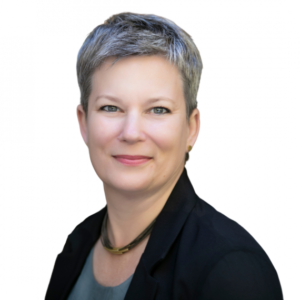Like a whole range of institutions, international non-governmental organizations, or INGOs, working in the area of sexual and reproductive health and rights (SRHR) have evolved, for many reasons. Some SRHR INGOs were founded during the 1940s, or even earlier, premised on founders’ racist and ableist motivations to limit the fertility of women who were poor, immigrant, people of color, or disabled. Others were founded during the 1950s or 60s, motivated to limit the black and brown populations of low-income countries receiving international development assistance from donor countries. Those that overcame – and at times overthrew – their eugenicist and population controlling early years evolved to be organizations that focused on choice and voluntarism in family planning. And, as decades passed, many of these organizations expanded their missions, supporting not only family planning but a broader range of reproductive and, later, sexual health services and programs to advance sexual and reproductive rights. Increasingly, those organizations now – including those who have catalyzed the TIME initiative – work to promote health, rights, equality, and justice.
Many other SRHR INGOs have launched more recently, with their foundations predicated on choice and rights. And, of course, beyond INGOs and predominantly taking a grass roots approach from the start, are the many regional, national, and community-based NGOs, affiliations, networks, and activists committed to advancing SRHR.
In addition to our missions, goals, and approaches, INGOs have also evolved our operating models, partnership patterns, project design strategies, and more over the years. For example, we have largely shifted from having US or European staff traveling to countries as “parachute” experts – flying in, dispensing “wisdom” to country-led offices or affiliates, and then flying out, to some INGOs restructuring or relocating their core functions to low- and middle-income countries (LMICs). As a result, in many cases INGOs today look and function very differently than they did in the past. Similarly, project design has evolved for many of us, from being led by staff in US or British or European conference rooms, to being designed in consultation with local partners or to being co-designed and country led.
So, where are we going next? How will we behave, and what might our roles be in the future? These are the questions at the center of the TIME initiative: Transforming INGO Models for Equity.
Through this initiative, we aim to clarify how INGOs with roots in high-income countries should behave and operate going forward: how should we partner? share resources with others? be staffed? make decisions? and more. We recognize and appreciate that there won’t be a single answer for all SRHR INGOs, because we don’t believe that there is only one effective and principled way for our operations to be organized. We have different histories, different missions, and different programmatic roles; we fully expect that among us we will employ various operating models, although we encourage all to consider putting equity at the center of their operations in addition to resilience and accountability. Where we hope to find commonality in this process is in clarifying principles, designing options, and understanding which operating models work best, working with our partners and in their contexts and circumstances.
We cannot answer these questions by ourselves. Like any party to a relationship, INGOs do not work in a vacuum. We are interdependent with a range of stakeholders that fall largely into two categories – those that can dictate terms – funders and governments; and those that are partners in or beneficiaries of the work – who can’t dictate terms but need to be fully included in the design and implementation of the work. Due to the increased emphasis on locally-led development, there is frequent and growing tension between the two, with funders often requiring consultation and aligned programming but imposing policies and rules that preclude the kind of design local communities and partners would prefer. Thus, the work to evolve and adapt operating models is an ongoing process that we will intentionally move forward with the support of the TIME initiative. We will consult, listen, learn, share, and iterate, working together with a wide range of stakeholders contributing to inform our future. Together we will transform INGO models for equity.


